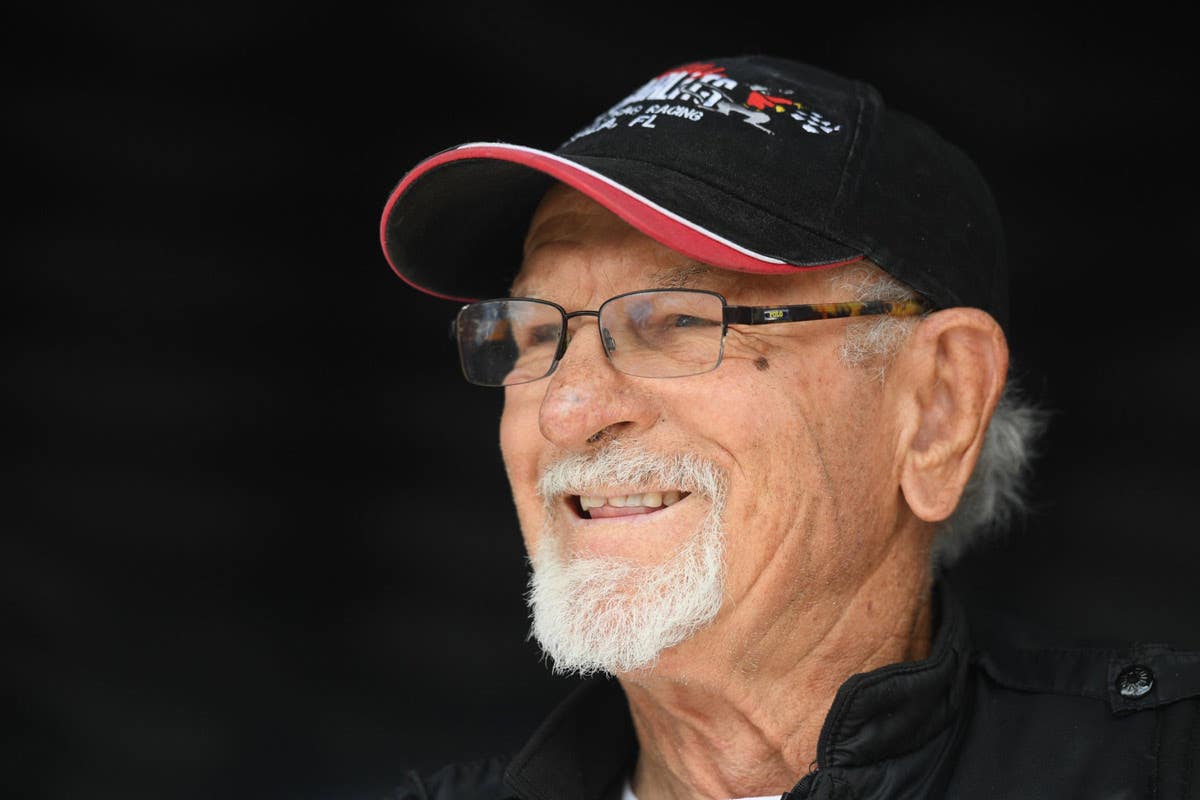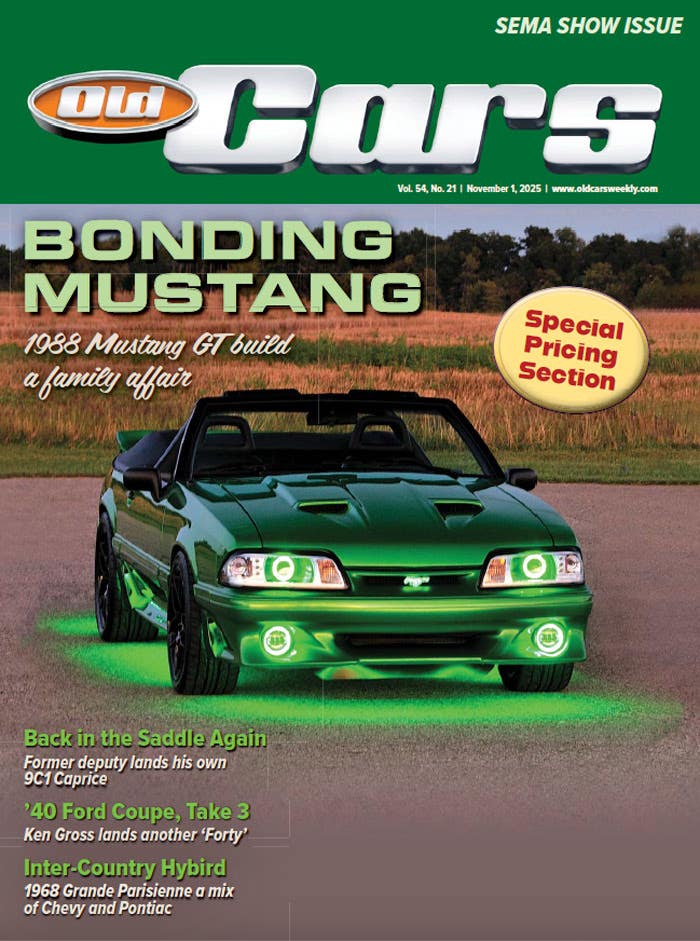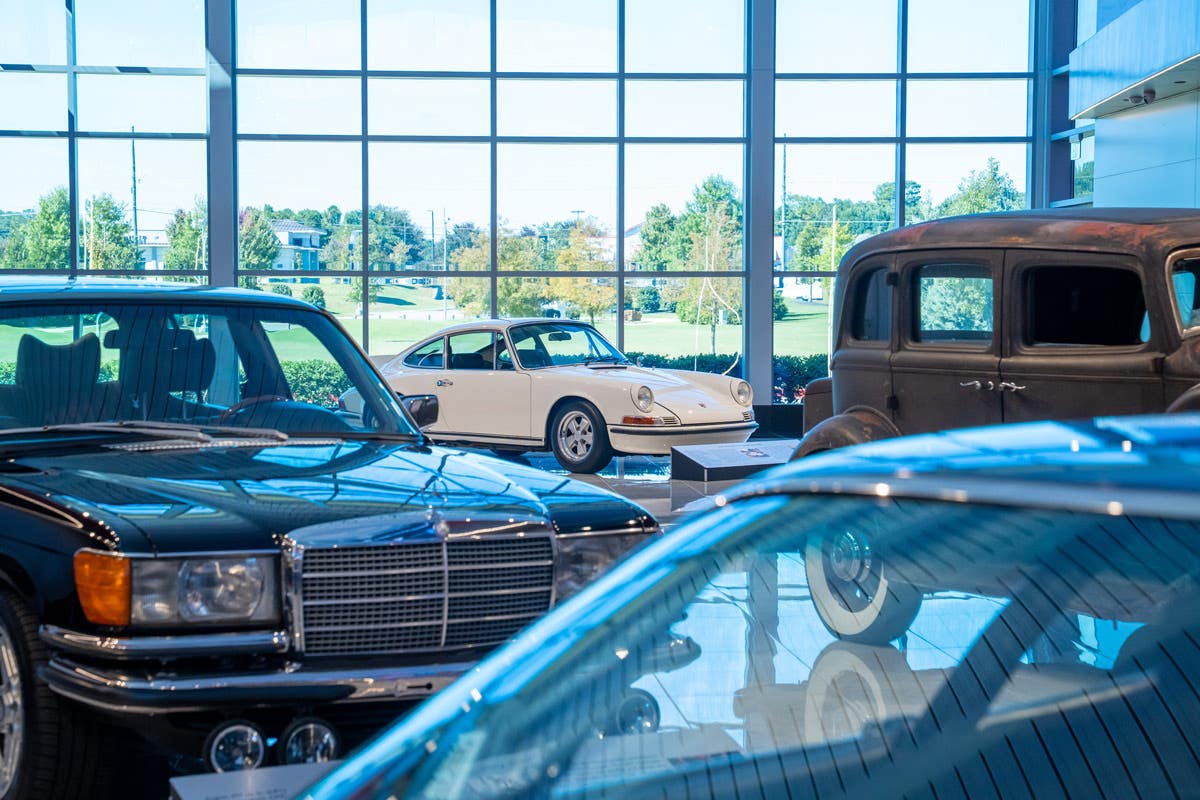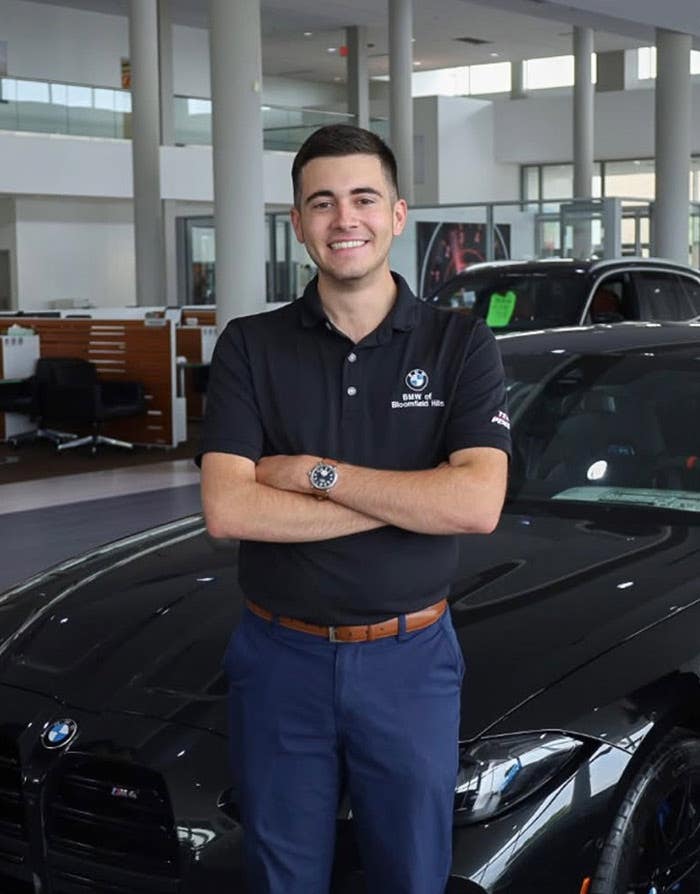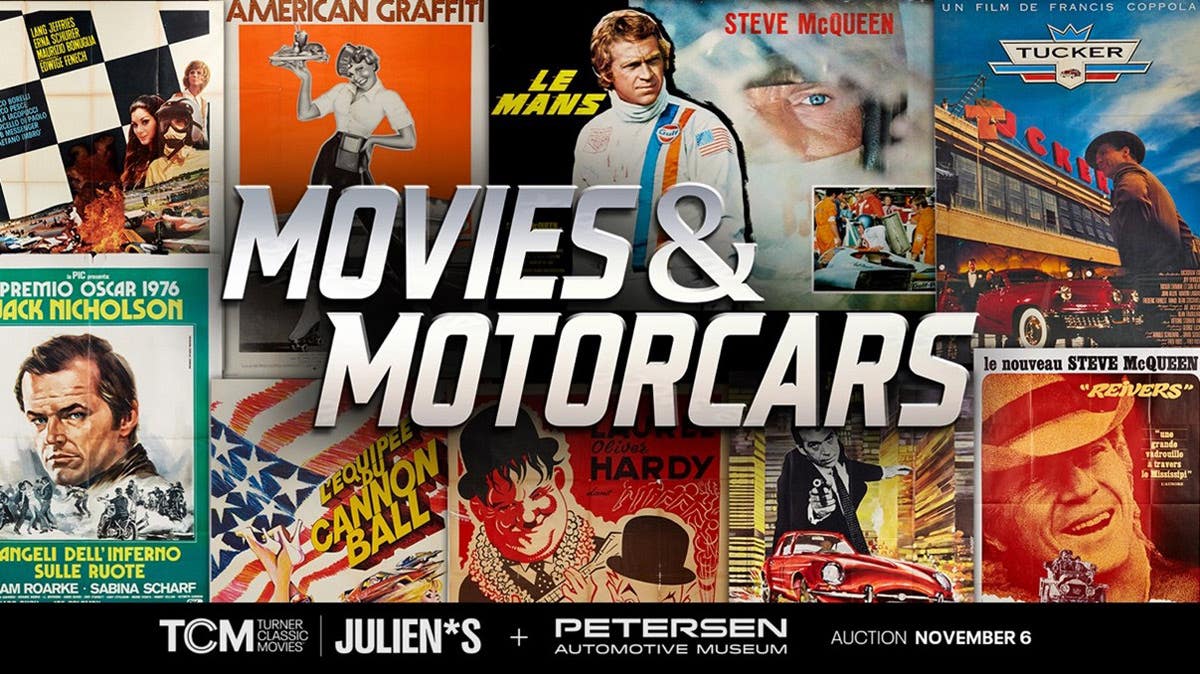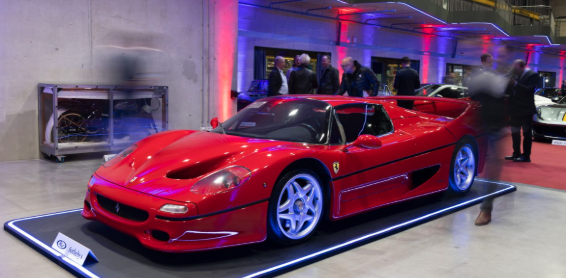Hartung collection defines a legacy
A celebration of Lee Hartung’s collection
By Joe Bortz
Everybody likes to think that they will leave behind something so that they will always be remembered when they leave this earth. The word that typically comes to mind for this concept is “legacy.” What we do and how we do it during our lifetime defines the length and breath of what our legacy will be. Lee Hartung’s collection epitomizes the word legacy.
Hartung was a living legend to many who met him and viewed his amazing and unusual collection. He came to Glenview, Ill., in 1949 and set up his dynasty on a 4 1/2 -acre plat of land. Hartung’s building stretched 150 feet by 100 feet —just under 15,000 square feet — but he managed to collect tens of thousand items within that barn over 50 years. Included were rare and unusual motorcycles and cars and, believe it or not, a license plate collection worth over $1 million.
When people visited Hartung’s 100,000-plus item collection he would give them a personal tour and was always able to find anything in the museum even though things were piled on top of another. In his mind, all the items were organized and cataloged.
Lee’s building was not the typical museum building with marble floors and oak paneling. It was a pole barn with a dirt floor with an assortment of “lean to” buildings surrounding the main building. The walls and center aisles of the main building were filled with some of the world’s rarest license plates from the United States. Hartung had a reputation that if he liked you, he would treat you like a king. But if he didn’t like you, he would tell you right to your face and there wasn’t much in between.
Auctions America by RM was tasked with auctioning — really, it was more like recycling — Hartung’s collection. It was not small feat to take all the artifacts that were jam packed into Hartung’s barn and organize them into a into a programmed, cataloged auction. Even the physical aspects of the 4 1/ 2-acre property were a challenge. The grounds required most of the bushes and scrub trees to be removed and the property graveled so that the auction could actually take place on the property. See before and after pictures below.
I was one of the lucky people who Lee considered a close personal friend for over 40 years, and I was able to visited with Lee in his last few months. Further, I was able to give witness to the disorganization and subsequent reorganization of the collection for auction. This daunting task was taken on by one of the stars of Auctions America by RM, Ian Kelleher. You can only compare Ian’s process of taking the auction from beginning to end as to an orchestra composer who is able to write a symphony and then, with a cast of musicians, become the orchestra director and executed a great performance.
The auction was definitley impressive. All of the four-cylinder motorcycles went to good homes, and the 1953 Edwards was actively bid on and went to a fine collection. The star of the show, the BMW Veritas by Spohn, was purchased by one of the most noted motorcycle collectors in the United States, Dale Walksler.
I’ll have more on this sale in the future in the Bortz Report. For further information, you can view my videos by clicking below or going to You Tube and searching for “Lee Hartung Bortz.” These videos were produced by Debra Powless of Powless Productions.



